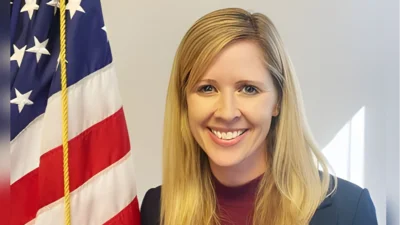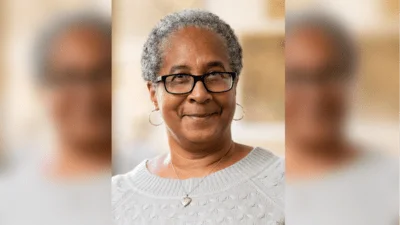Baltimore City Public Schools’ National Assessment of Educational Progress (NAEP) results for 2022 reflect trends nationally and in Maryland, and the resulting unfinished learning students face in the aftermath of the COVID-19 pandemic. However, ongoing investments in literacy helped stave off some of the more significant declines in reading for some students.
The district’s focus and investment in quality curriculum and instruction contributed to post-pandemic performance for 8th-grade reading holding steady and avoiding the declines experienced across the state. City Schools’ Black economically disadvantaged and Hispanic groups posted slight increases compared to 2019. Those same subgroups experienced declines statewide. However, results for fourth-grade reading showed the impact of pandemic closures on our youngest learners who experienced declines, as did students across the state.
Like the rest of the country and state, the impact of the COVID-19 pandemic was most notable in student math performance. City Schools’ performance declined in grades four and eight.
“Unfortunately, we were not surprised by the results overall, given the severe disruptions in learning since the last round of NAEP in 2019 due to the pandemic. But we were encouraged to see our investments in reading supported pockets of growth at a time when state and big city school district results in the subject declined,” said Dr. Sonja Brookins Santelises, chief executive officer of City Schools. “Our work going forward is to continue the momentum of our acceleration efforts to reach more students and go deep in math.”
NAEP is administered in reading and math every other year to students in grades 4 and 8 and allows comparisons in achievement across states. Note: This administration was delayed by one year because of COVID, so the assessment occurred in January and February of 2022.
Since the 2021-22 school year, City Schools has invested over $17M in high-dosage tutoring as a critical academic recovery strategy. More than 10,600 students (around 13 percent of City Schools students) participated across 129 schools.
Efforts include developing a home-grown tutoring model that City Schools began piloting in 2019. This tutoring model provides targeted foundational literacy instruction to struggling students in a small group setting, five days per week for 30 minutes per day. It is demonstrating promising results. For example, the percentage of 1st and 2nd graders who moved out of the well below benchmark category by the end of the 2021-22 school year was more than double for tutored students vs. non-tutored students.
The Council of the Great City Schools (CGCS), a coalition of the nation’s 77 largest school systems, pointed to the district’s recovery plan as a foundation for potential growth.
"Baltimore’s assessment results underscore the challenges facing urban districts across the country in the wake of the global pandemic,” said Ray Hart, executive director of CGCS. “While the challenges are not unique, the district’s proactive efforts to address unfinished learning and provide academic supports show that the district is committed to keeping students on track to graduate college and career ready. Specifically, a multi-pronged high-dosage tutoring effort is being implemented to support the students most impacted by the pandemic."
Original source can be found here.




 Alerts Sign-up
Alerts Sign-up